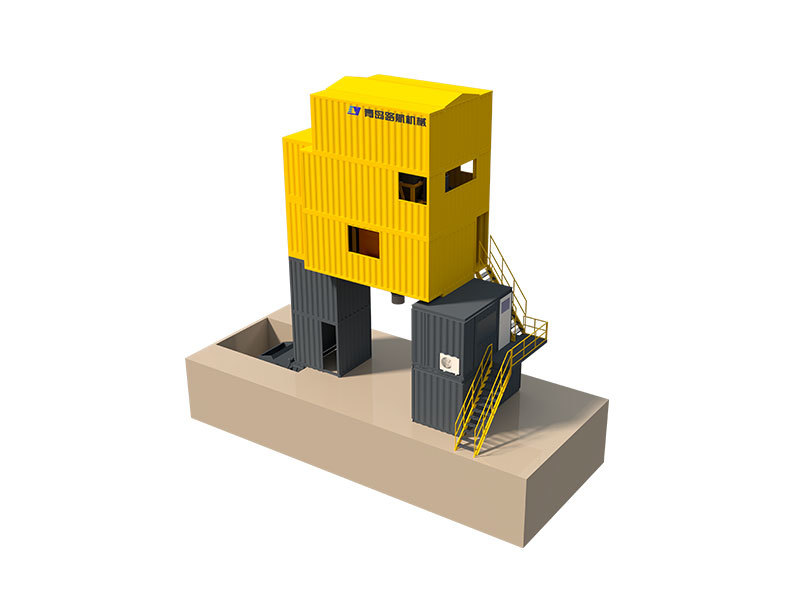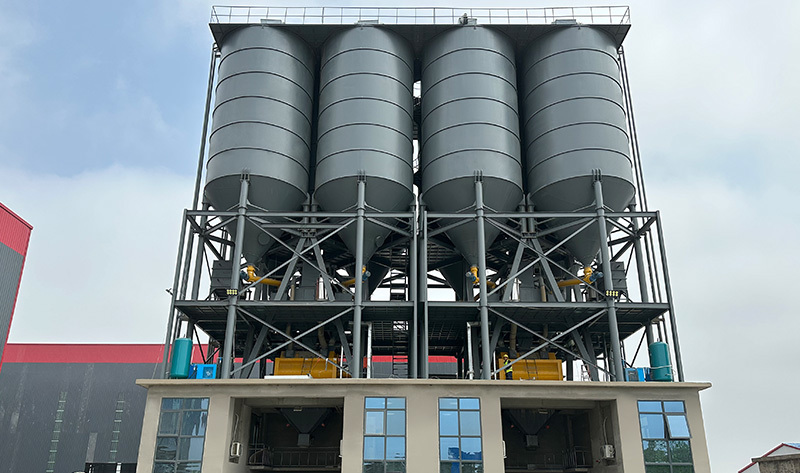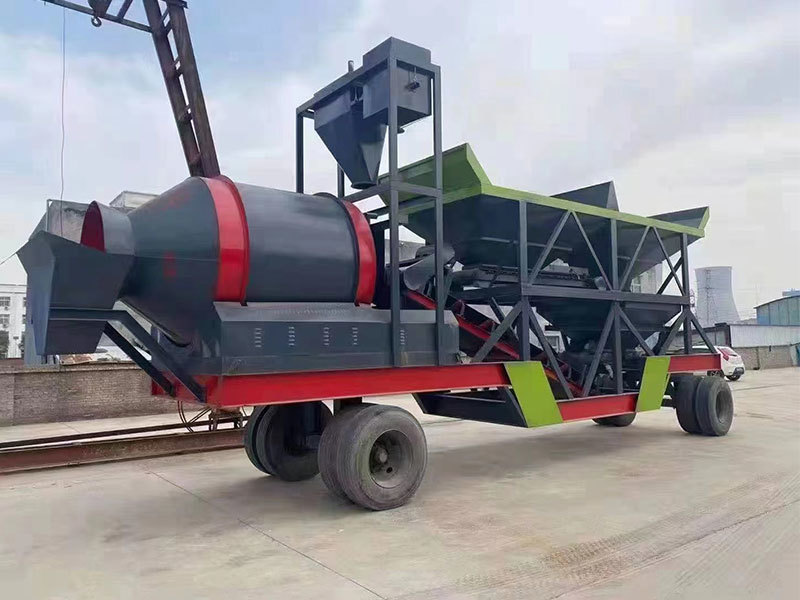Mastering Concrete Placing Booms: Essential Insights for Professionals
Release time:
Jul 31,2025
Concrete placing booms are specialized equipment designed to facilitate the efficient and accurate placement of concrete in construction projects. These machines are crucial for high-rise buildings, large-scale infrastructure, and any project requiring precise concrete application over considerable distances. They are typically mounted on a truck or a stationary base, allowing operators to extend

Concrete placing booms are specialized equipment designed to facilitate the efficient and accurate placement of concrete in construction projects. These machines are crucial for high-rise buildings, large-scale infrastructure, and any project requiring precise concrete application over considerable distances. They are typically mounted on a truck or a stationary base, allowing operators to extend the boom to reach various locations on the job site. Understanding the functionality and advantages of concrete placing booms can significantly enhance project efficiency and reduce labor costs.
One of the primary advantages of concrete placing booms is their ability to deliver concrete directly to the desired location without the need for manual handling. This capability minimizes the risk of spillage and wastage, ensuring that the materials are utilized effectively. Additionally, concrete placing booms can operate in tight spaces, making them ideal for urban construction sites where maneuverability is often restricted.
When selecting a concrete placing boom, professionals should consider several key factors. First, the reach and height of the boom are critical; they must be appropriate for the specific project requirements. Many models offer adjustable boom lengths, allowing for flexibility in varied construction environments. Secondly, the type of control system—whether manual or remote-operated—can influence the ease of use and operational efficiency. Advanced systems may include features such as automated positioning and real-time monitoring, enhancing precision during the concrete placement process.
Safety is paramount in any construction environment, and concrete placing booms are no exception. Proper training for operators is essential to ensure they understand how to handle the equipment safely and efficiently. Regular maintenance of the booms is also vital to prevent malfunctions and ensure longevity. This includes routine inspections of the hydraulic systems, boom integrity, and safety features.
In addition to operational benefits, using concrete placing booms can lead to improved project timelines. Their efficiency can significantly reduce the time required for concrete placement compared to traditional methods. This is particularly beneficial in large projects, where time is often a critical factor in meeting deadlines.
In conclusion, concrete placing booms are invaluable tools in modern construction, offering enhanced efficiency, safety, and precision. Professionals in the engineering and construction sectors should consider incorporating these mechanisms into their projects to realize significant advantages in concrete placement. By understanding their functionalities and maintaining a focus on safety and efficiency, operators can maximize the potential of concrete placing booms, thereby contributing to the overall success of construction initiatives.
One of the primary advantages of concrete placing booms is their ability to deliver concrete directly to the desired location without the need for manual handling. This capability minimizes the risk of spillage and wastage, ensuring that the materials are utilized effectively. Additionally, concrete placing booms can operate in tight spaces, making them ideal for urban construction sites where maneuverability is often restricted.
When selecting a concrete placing boom, professionals should consider several key factors. First, the reach and height of the boom are critical; they must be appropriate for the specific project requirements. Many models offer adjustable boom lengths, allowing for flexibility in varied construction environments. Secondly, the type of control system—whether manual or remote-operated—can influence the ease of use and operational efficiency. Advanced systems may include features such as automated positioning and real-time monitoring, enhancing precision during the concrete placement process.
Safety is paramount in any construction environment, and concrete placing booms are no exception. Proper training for operators is essential to ensure they understand how to handle the equipment safely and efficiently. Regular maintenance of the booms is also vital to prevent malfunctions and ensure longevity. This includes routine inspections of the hydraulic systems, boom integrity, and safety features.
In addition to operational benefits, using concrete placing booms can lead to improved project timelines. Their efficiency can significantly reduce the time required for concrete placement compared to traditional methods. This is particularly beneficial in large projects, where time is often a critical factor in meeting deadlines.
In conclusion, concrete placing booms are invaluable tools in modern construction, offering enhanced efficiency, safety, and precision. Professionals in the engineering and construction sectors should consider incorporating these mechanisms into their projects to realize significant advantages in concrete placement. By understanding their functionalities and maintaining a focus on safety and efficiency, operators can maximize the potential of concrete placing booms, thereby contributing to the overall success of construction initiatives.
Key words:




